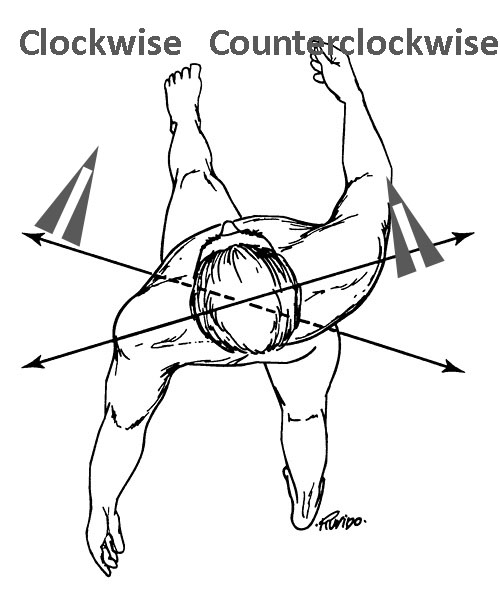Posts Tagged ‘Movement Pattern Training’
Pain – Movement
If pain occurs with movement, then observation and analysis of movement is required. The measurement of the symptom of pain occurs using the familiar numeric pain scale (zero to 10). 0-10 Numeric pain scale diagram. Clipart image In 1996 the American Pain Society lead a campaign to consider the measurement of pain as the 5th…
Read More“Deme Bones” – inter-limb deviation related to the musculoskeletal pain syndromes
“The toe bone is connected to the foot bone” is the common reframe from the old gospel song “Dem Bones.” The concept of mechanical connectedness or regional interdependence applied to musculoskeletal pain syndromes suggests that in addition to examining a patient’s local area of complaint examination of the adjacent joints above and below the primary…
Read MoreChoices of interventions for musculoskeletal pain syndromes: decrease pain, improve impairment, resolve dysfunction
There are multiple and varied interventions that can tackle the contributing factors of pain, impairment, and dysfunction that occurs with musculoskeletal pain syndromes. Pain impairs an individual’s ability to function Impairment is loss of use or derangement of any body part, organ system, or organ function. Dysfunction is an alteration of an individual’s capacity to…
Read MoreWalk this way – Run this way
What way should we walk? What way should we run? Mel Brooks and Gene Wilder wrote the script for the movie “Young Frankenstein” in which the character Igor the hunchback shows Dr. Frankenstein “this way”, and hands him his cane, expecting Dr. Frankenstein to mimic his hunched, contorted shuffle, which Dr. Frankenstein cordially does. This…
Read MoreBetter cues & mental practice to improve skillful movements: Are external focus cues better than internal focus cues? It depends
Coaches, athletes, healthcare professionals, verbal cues, use mantras, self-talk, visual imagery, and skill training to improve movement. There are many cognitive strategies commonly used to improve human movement to move faster, farther, injury-free, and/or just look better moving. Types of cues: A substantial amount of research in the area of motor learning examines different types…
Read MorePhysical Therapy Telehealth: It works well for some, not for others
The COVID 19 pandemic crisis has many challenges for the standard everyday health care and medicine. The pandemic resulted in a sudden increase of telehealth services. There are reports there has been an 18% increase in the number of healthcare providers providing telehealth services in response because of the pandemic. Healthcare providers and patients are…
Read More





